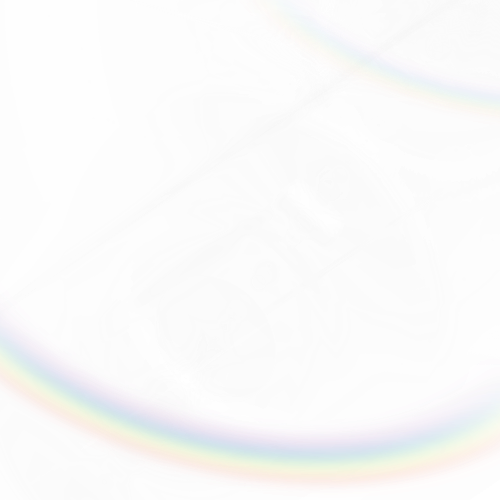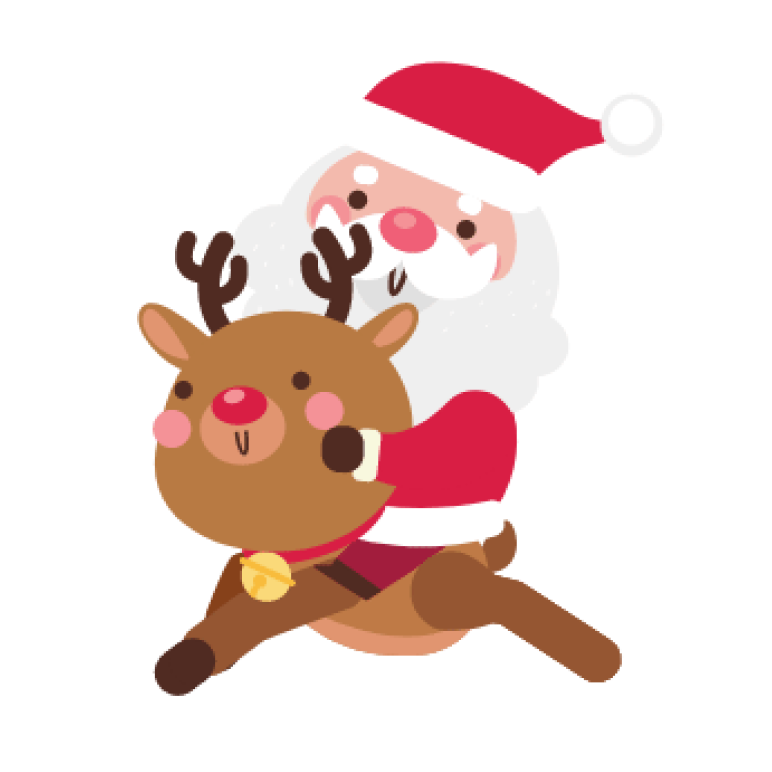Maximalist Interior Design: How to Layer Patterns & Textures Like a Pro
Maximalist decor combines someone's favorite items, bright colors, textures and patterns to create a unique room with personality. The style embraces boldness, trinkets, and touches minimalist avoids.
Maximalists embrace the idea that more is better. At the same time, they step back, look for balance and ensure one part of the room is not overwhelmed with clutter. Create a bold statement by layering beloved items with contrasting colors and materials.
Layering patterns and textures make a room inviting. People should look for pieces that tell a story for a homey feel. Here are some tips for embracing a maximalist attitude.
1. Seek a Statement Piece

Choosing a primary pattern is the first step in building a maximalist design. Start with the largest or boldest piece in the room. The statement piece should tell a story. A huge area rug, a stunning sofa or a beautiful lamp inherited from a great-aunt all work to begin the design process.
Find something with an interesting pattern or texture for the main focal point in the living room. While solid colors add some nice contrast, they do best behind bolder looks.
2. Find Coordinating Features

Use the statement piece’s bold colors, patterns or textures to coordinate other design elements. For example, if a floral pattern has little green dots here and there, one could pull in a unique, textured fabric for the accent pillows with green polka dots or stripes.
Coordinate by matching colors, bits of the pattern and varying the scale of the pieces. The daring statement piece should be the most prominent element. Add features of varying sizes for a more cohesive look. Think big, medium and small.
If matching shades or patterns seem off, look at textures. The design should include smooth and rough. Designers should select three pieces with similar textures. One might be irregular, such as a large driftwood coffee table. The next might have a slightly smoother natural wood grain. The final piece could be petrified wood or a small item sanded and finished to a high polish.
3. Mix Types of Textiles

Consider the textile types used in the room design. The global textile market was worth approximately $1.7 billion in 2022 and should grow 7.6% through 2030. The availability of fabric ranges from natural to synthetic.
Maximalism offers the chance to bring in various fabrics and create unique looks. Mix human-made and natural pieces, such as cotton with polyester or wool with rayon. The contrast of the different surfaces and textures adds personal preferences to a room's design.
4. Use Smooth and Rough Surfaces

Take a step back and look at the surfaces in the room. If the floor is smooth, add a rug with a rough texture or fluffy fibers. Most large pieces of furniture are flat, so add interest by including a carved wood ball or a knit piece of interest. Add a fuzzy blanket to the back of the couch.
Add a wooden mat to the top of a polished side table and tie a smooth silk scarf around it to add another layer of interest.
Vary the textures between smooth and rough throughout the room so visitors have something new to look at as they move through the area.
5. Save Money

A maximalist home can get expensive. A statement piece could run quite a bit of money as it needs to be significant and unique. Sure, one could buy a substantial hand-shaped vase from a local artist and pay thousands. However, another option is reusing what is on hand or purchasing secondhand at thrift shops and garage sales.
Those trying to reduce their carbon footprint will also minimize waste and save energy on new material production by reusing items rather than sending them to landfills.
Thrift stores often feature one-of-a-kind items from someone’s attempts at art. Locating anything unique gives the room a bold statement.
Consider using items picked up while traveling that family and friends no longer want. Put the word out for unique items to decorate with and offer to pick them up if someone’s decluttering.
6. Include Jewel Tones

Maximalist interior design embraces bright colors and mixes various hues for a Bohemian, exotic look. Embrace jewel tones, such as brilliant blues, ruby red, emerald green and deep, luxurious purple.
Consider using large and small pieces in varying hues for the most impact. Adding different textures in those vibrant colors builds even more interest.
For example, add a purple throw to a gray couch. Place deep topaz yellow pillows against the back. Tie a hot pink silk scarf around each pillow, making a rough bow.
7. Watch the Scale

Balancing the scale of patterns is trickier than finding colors that match or layering items. Scale refers to large, medium and small pieces in the room. It’s vital to seek different scales in the pattern, no matter the size of the piece.
For example, if the primary feature is a rug with a vivid geometric pattern, one might copy the circles and triangles in the piece. However, they should be smaller than those on the carpet. As a rule of thumb, one item should be at least 50% smaller and another be under 25% of the size. Eyeballing the elements should offer a good handle on how they work together.
When in doubt, hold the patterns side by side to ensure the scale reduces a bit on each. Even if the item isn’t layered directly, having too many things with a large-scale pattern can make a room look too busy.
View the Finished Room From a Distance
As with most design techniques, the impression made comes across when someone stands back and views the room as a whole. Take a step into the doorways and look at the results. If anything seems off-scale or out of place, try moving it to another location or removing it from the equation.
Once the room has a nice look from the doorways, move into the center of the room and look again. Do a 360-degree turn and repeat the process of looking for and removing eyesores. Finally, sit on the couch, floor and chairs to get a feel for the warmth and tone of the room. If anything needs to be added or eliminated, make adjustments.
A maximalist style offers a unique vibe and fun tone for any room. All it takes is an eye for detail and embracing colors, patterns, and textures the homeowner loves.
Ready to create a bold, maximalist home? With the DecorMatters app, you can visualize bold patterns, experiment with textures, and plan your perfect space with ease. Download DecorMatters today and start designing your dream maximalist interior!
This article was written exclusively for DecorMatters by Evelyn Long. Evelyn is a writer passionate about simplifying interior design for homeowners and renters alike. She is the founder and Editor-in-Chief of Renovated Magazine where she shares her expertise on interiors. Subscribe to renovated.com/subscribe for more posts by Evelyn!


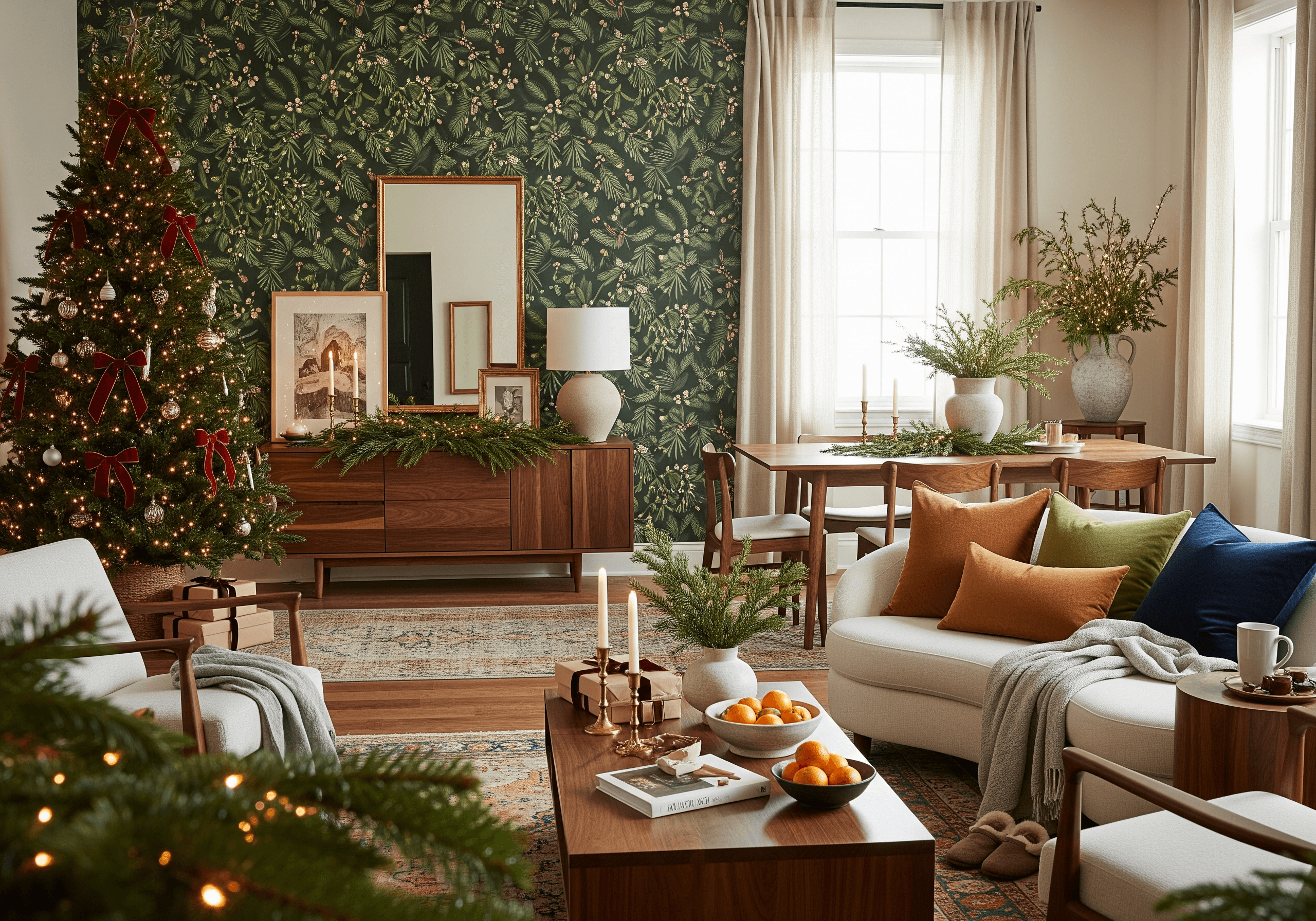
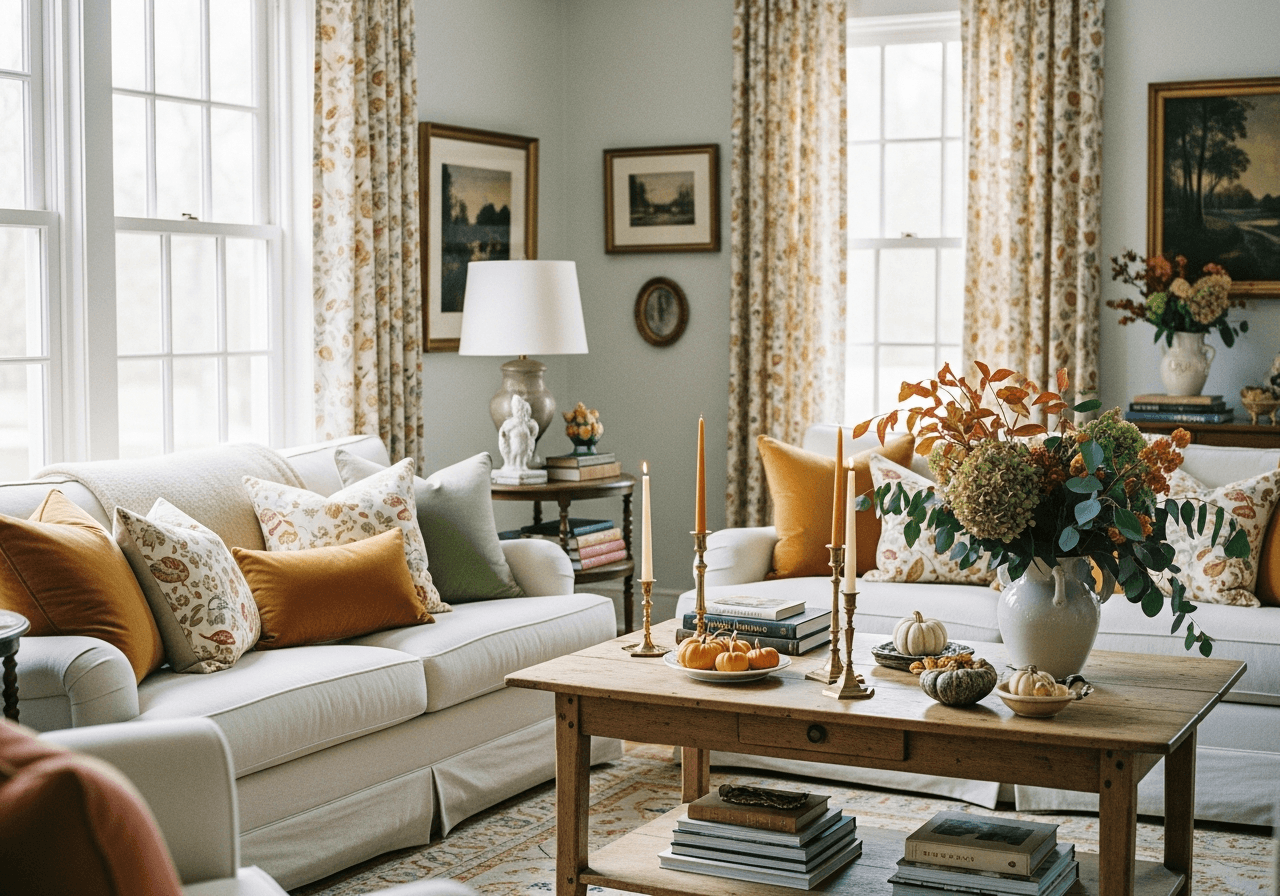


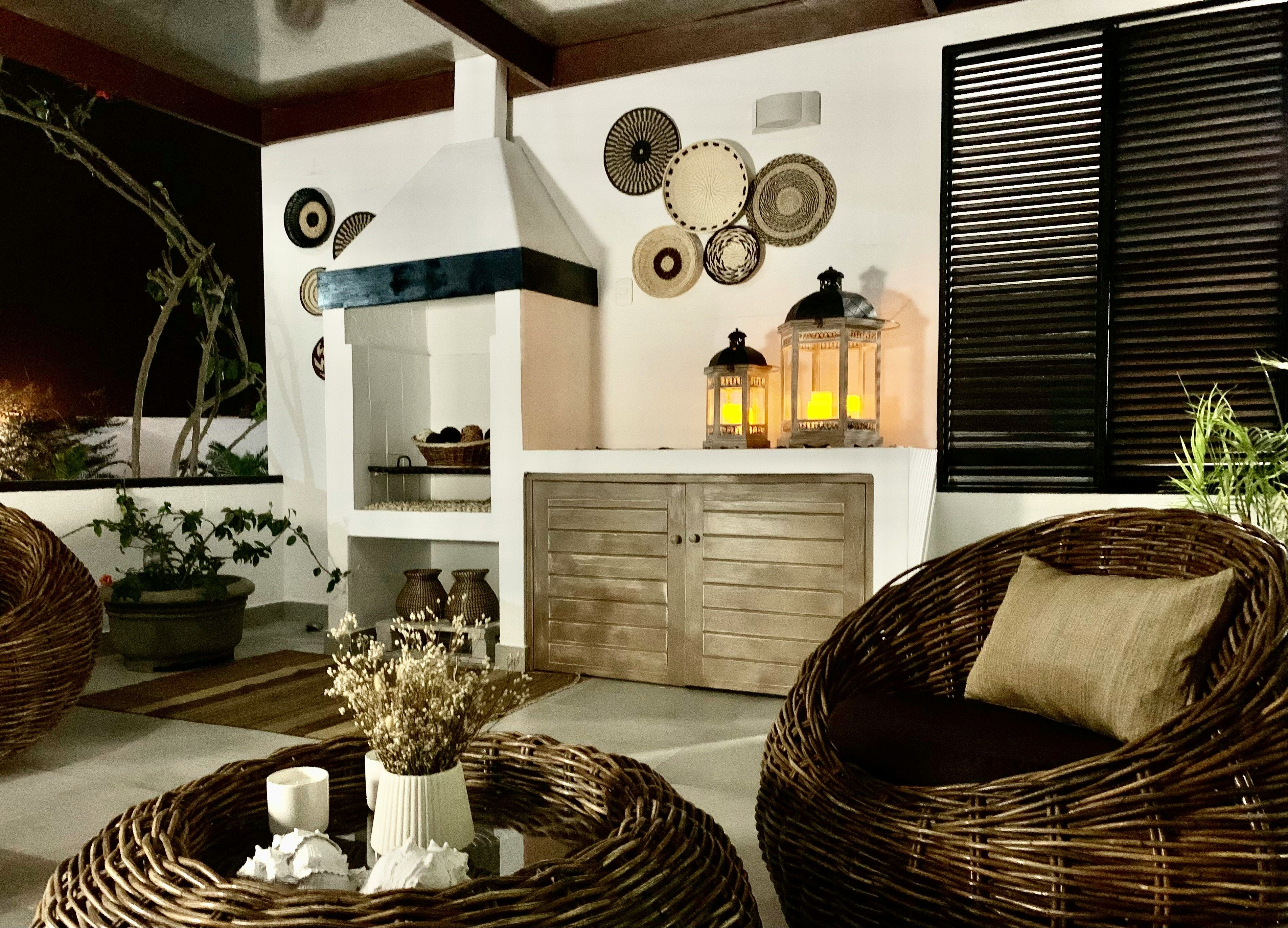


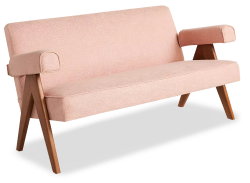


 20h left
20h left

